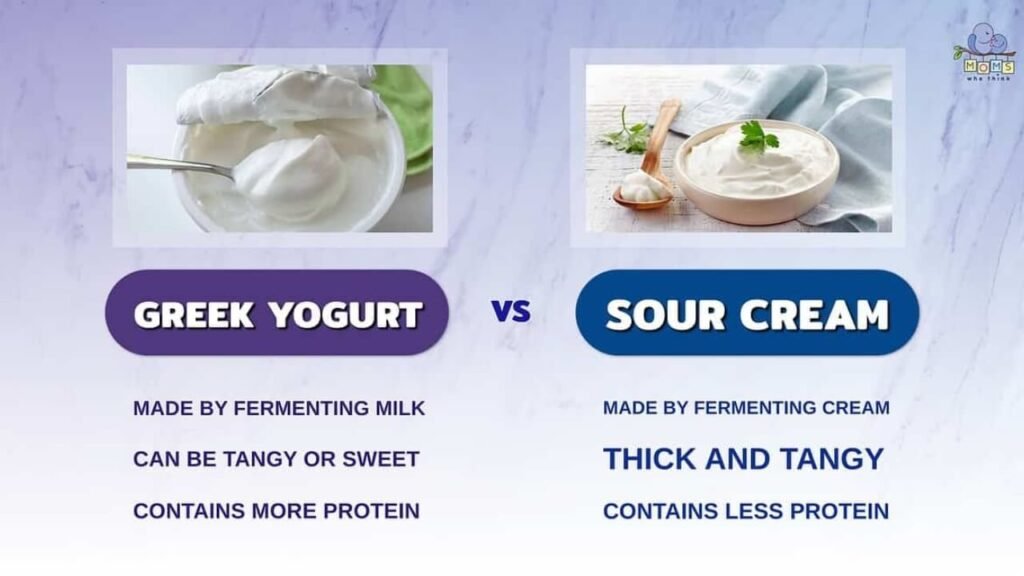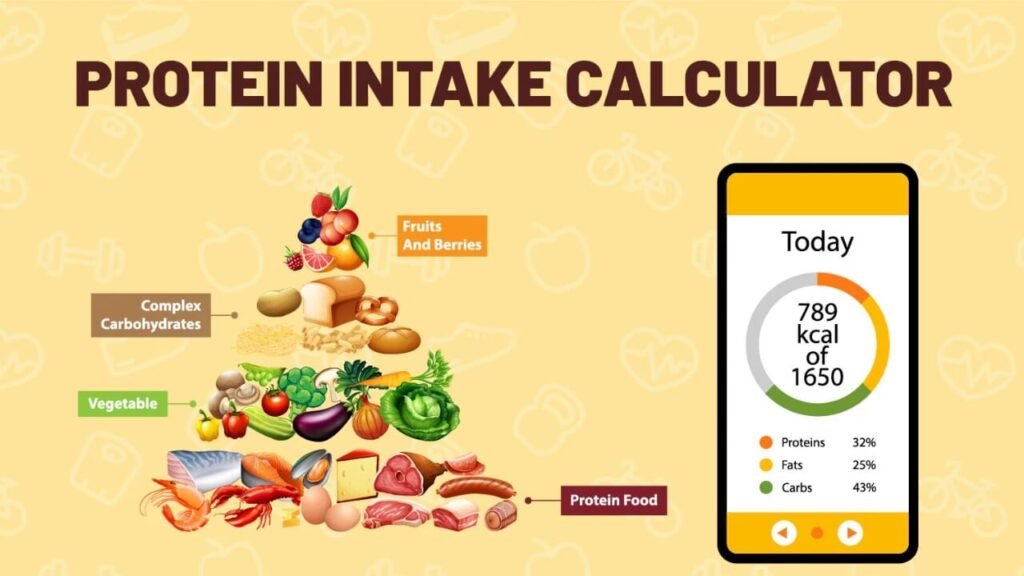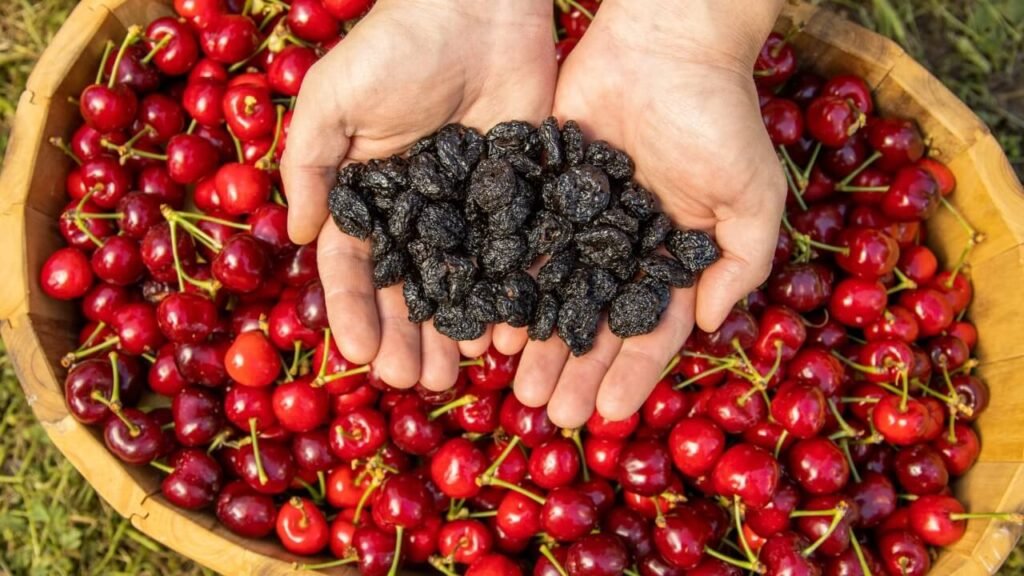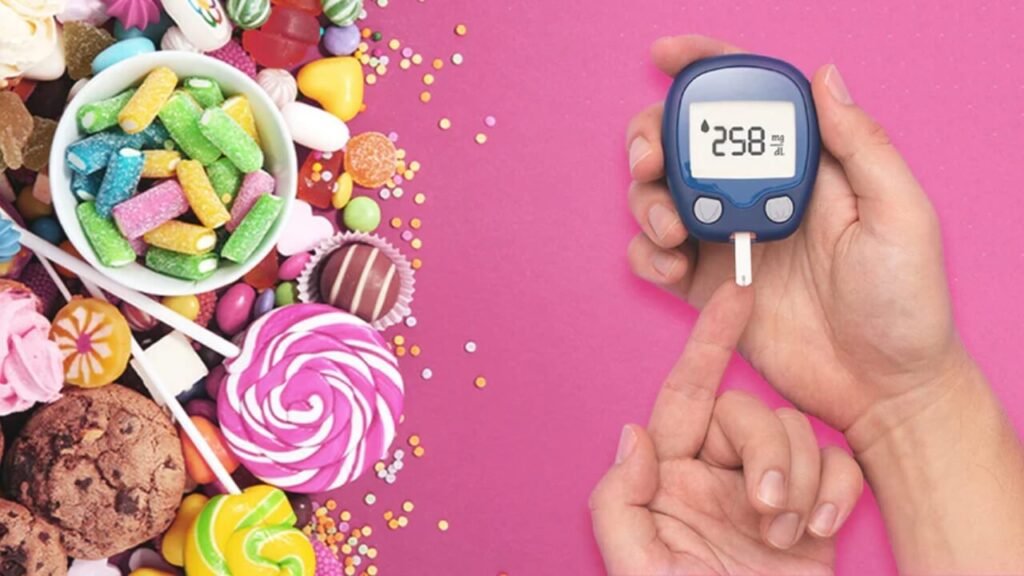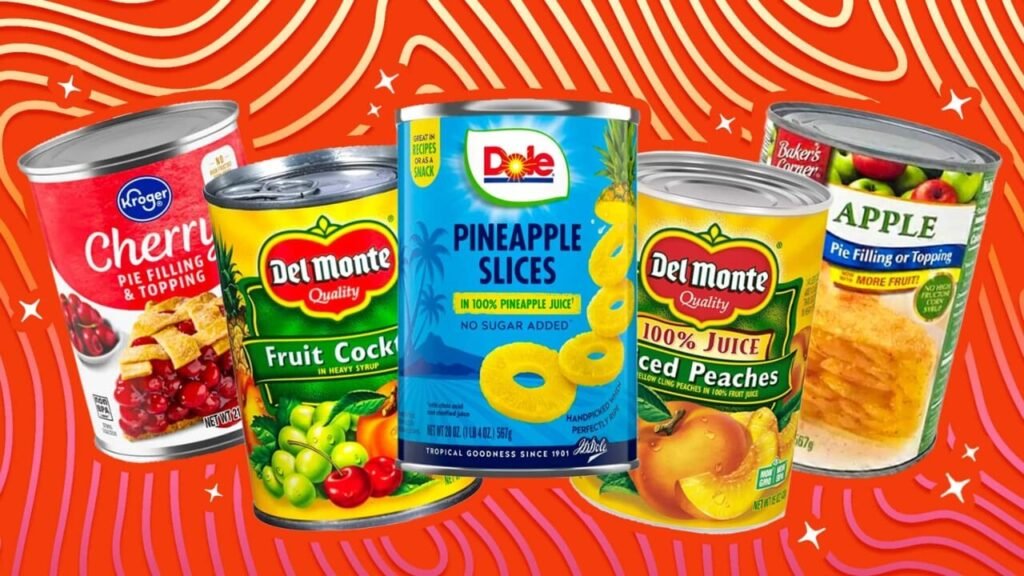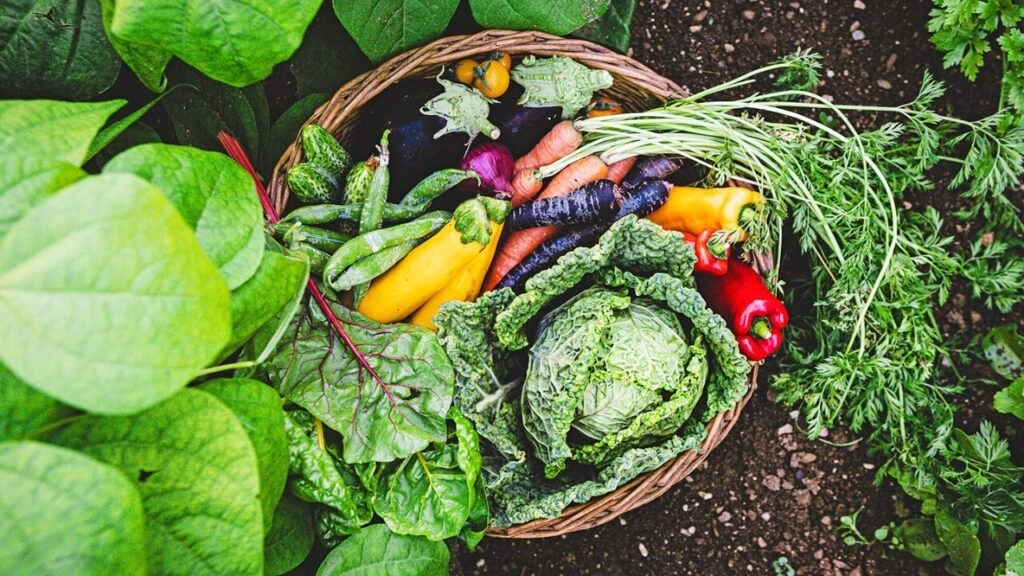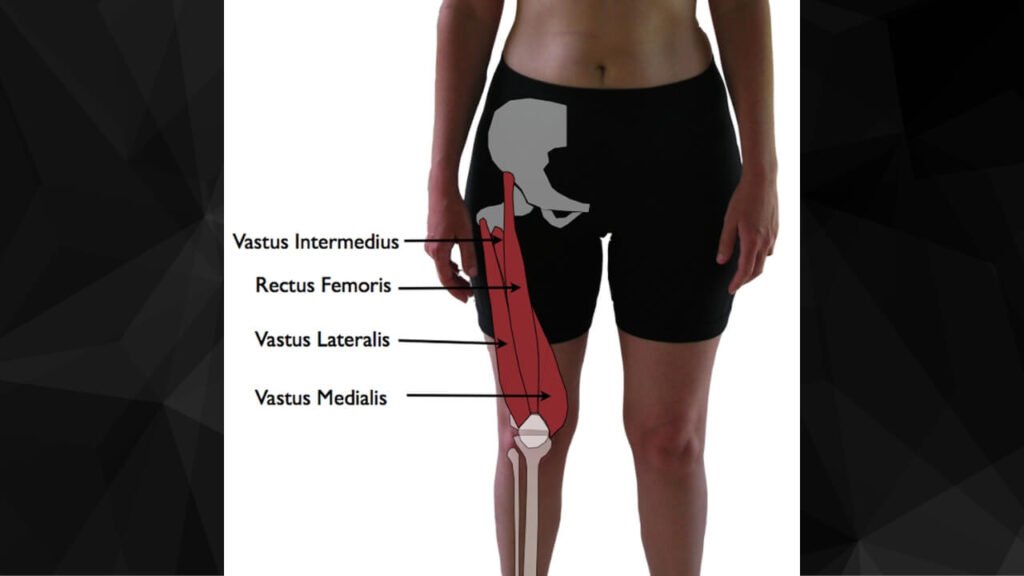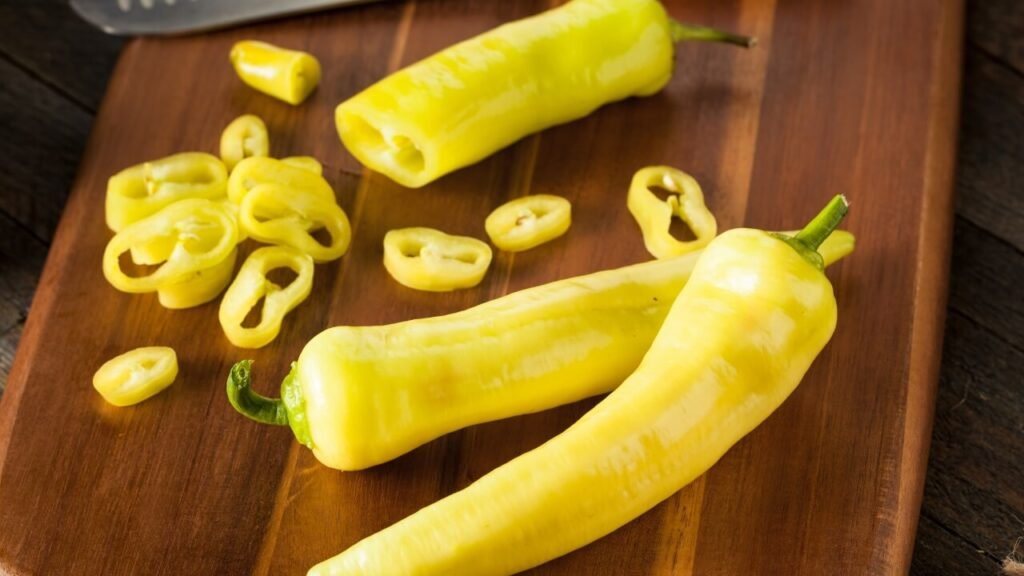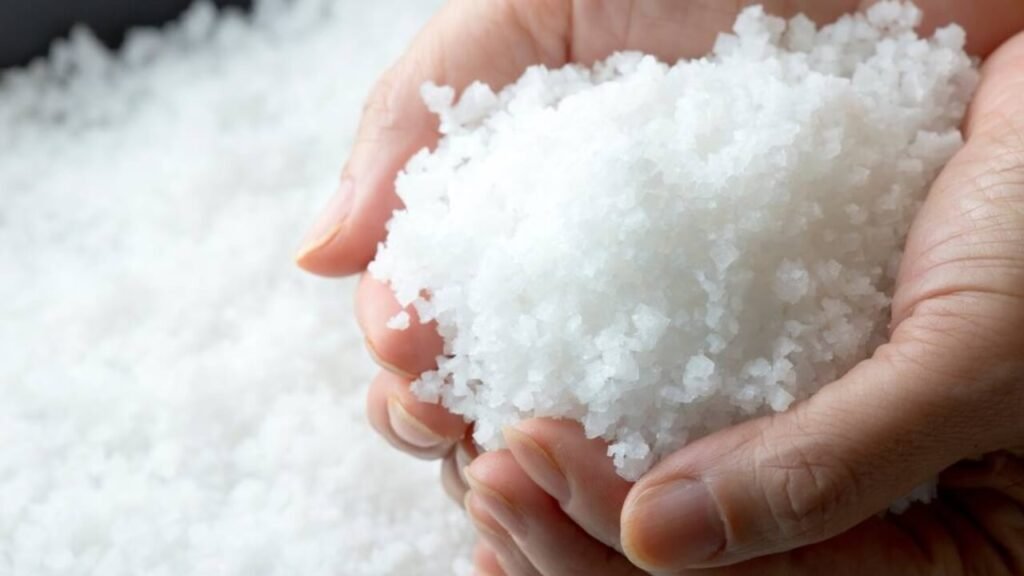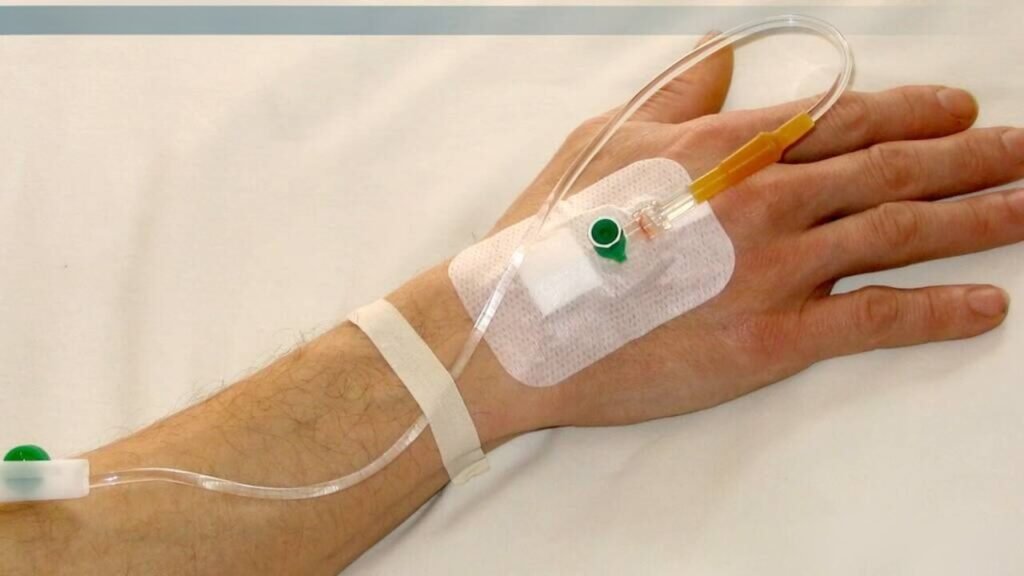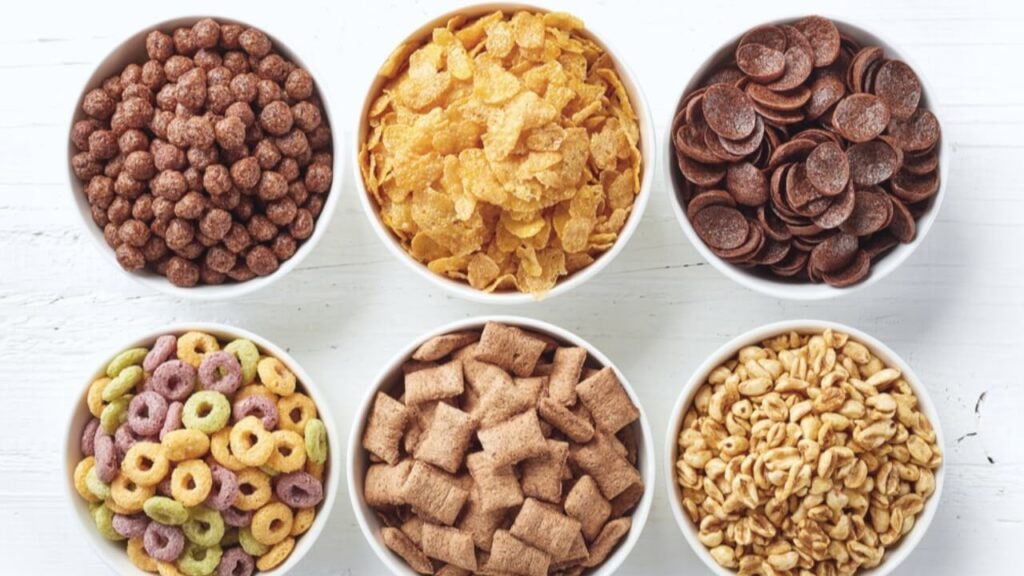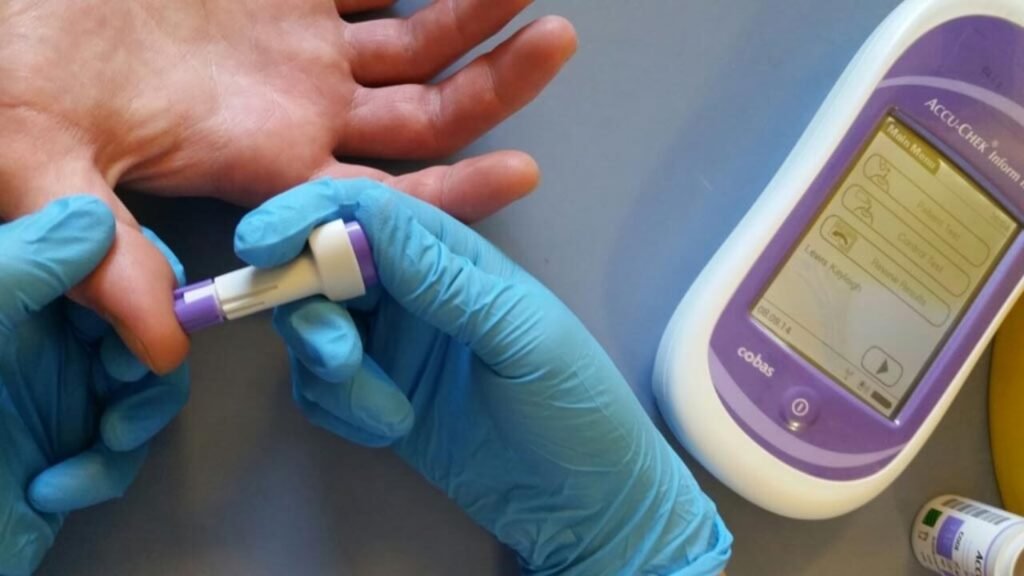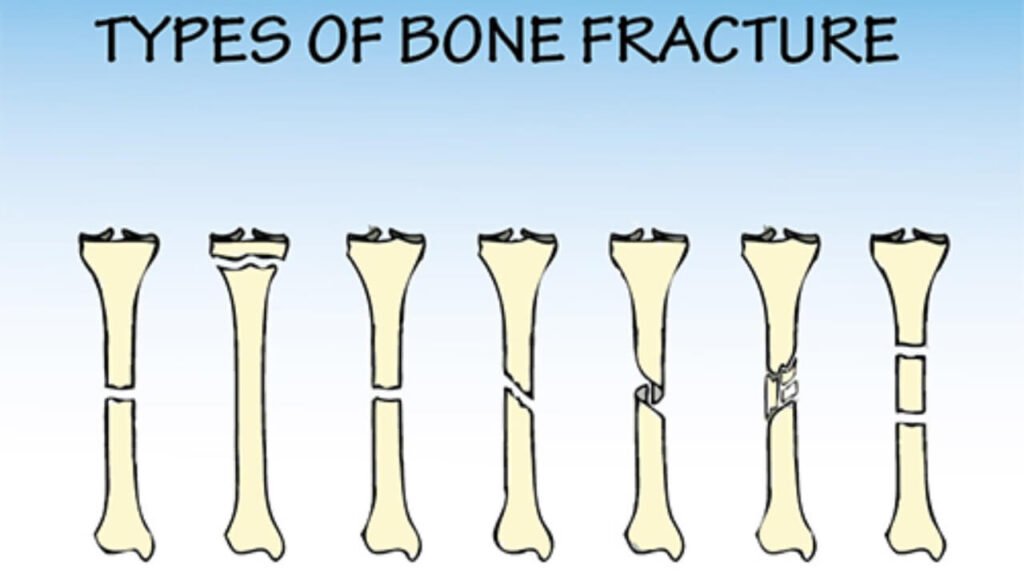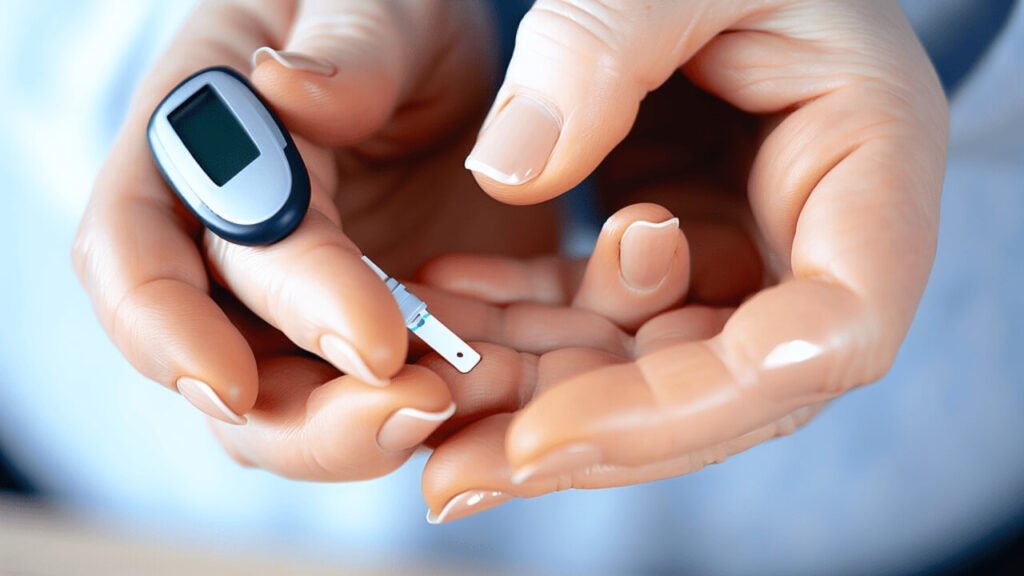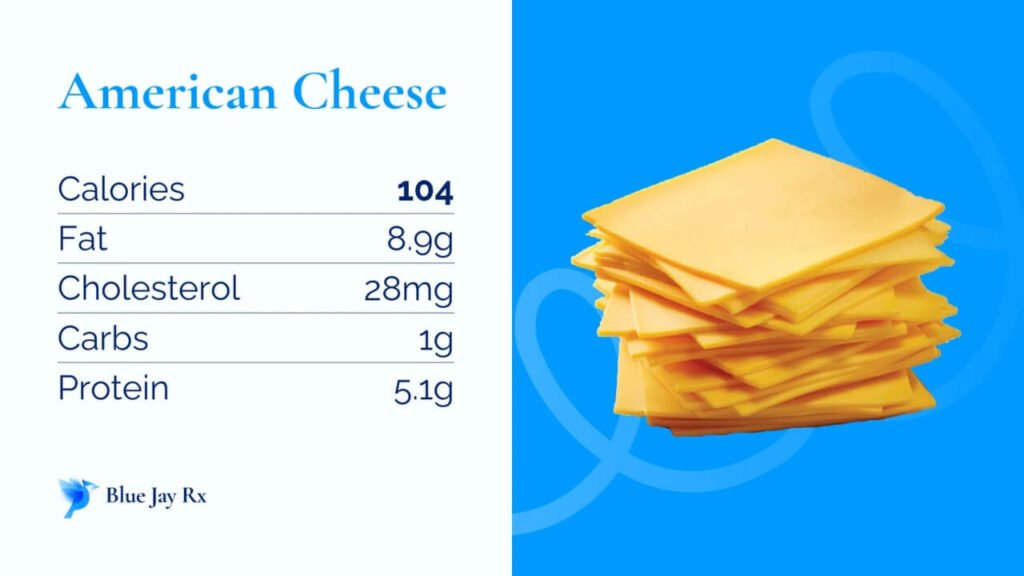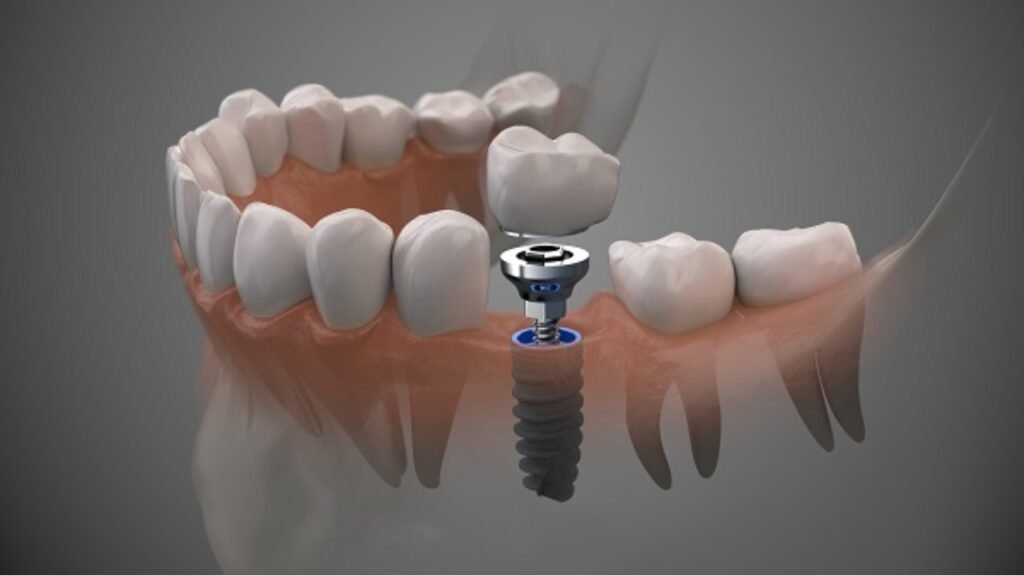Can Diabetics Eat Pizza? Shocking Truth Revealed Today
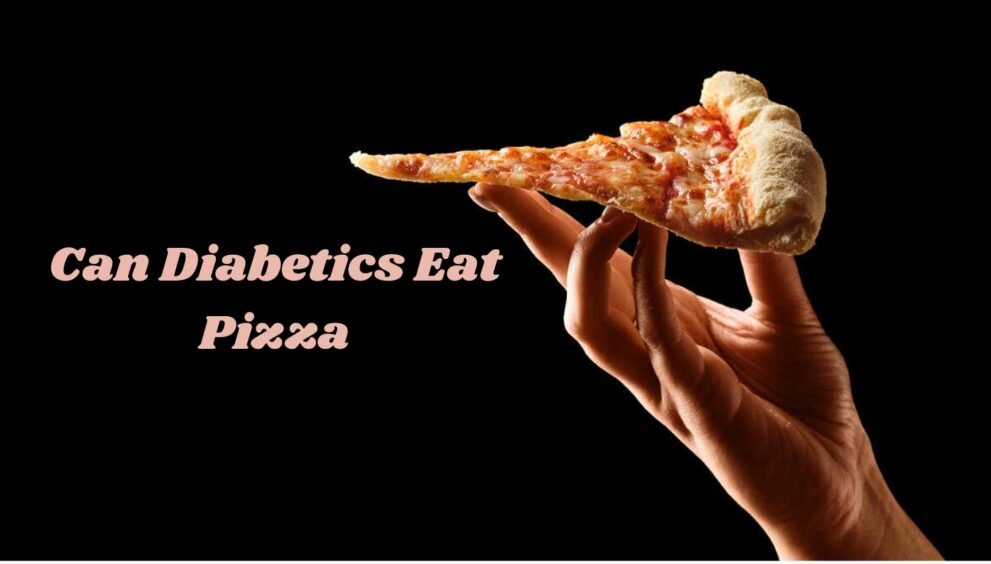
Pizza is a beloved comfort food across the United States, enjoyed by many regardless of age or lifestyle. However, for people living with diabetes, the question often arises: can diabetics eat pizza without disrupting their blood sugar levels? Given that pizza is typically high in carbohydrates, fats, and sodium, managing its impact on glucose levels can be challenging. This article explores this question thoroughly, offering insights into how diabetics can enjoy pizza mindfully while maintaining their health.
Understanding Diabetes and Diet: Why Food Choices Matter
Diabetes mellitus is a chronic condition characterized by the body’s inability to regulate blood glucose properly. For people with diabetes, maintaining stable blood sugar levels is critical to prevent complications such as cardiovascular disease, neuropathy, and kidney damage. Diet plays an essential role in this management because carbohydrates directly affect blood glucose.
Pizza, often rich in refined flour, cheese, and processed meats, may seem like a risky choice for diabetics. Nevertheless, with thoughtful planning and moderation, pizza can fit into a balanced diabetic diet. The key lies in understanding the nutritional content, portion control, and making healthier ingredient substitutions where possible.
Can Diabetics Eat Pizza? Exploring the Nutritional Challenges
When considering can diabetics eat pizza, it’s important to recognize the components of a typical pizza that can affect blood sugar control. Traditional pizza dough is made from refined white flour, which has a high glycemic index (GI). This means it can cause rapid spikes in blood glucose levels after consumption. Additionally, the generous amount of cheese contributes saturated fat, which, when consumed excessively, can negatively affect cardiovascular health—a particular concern for diabetics.
Moreover, processed meats like pepperoni or sausage add sodium and preservatives, which can exacerbate hypertension, a common comorbidity among people with diabetes. Therefore, while pizza is not off-limits, diabetics must be cautious about ingredients and serving sizes.
Dr. Amy Campbell, a registered dietitian and diabetes educator, emphasizes,
“It’s not about avoiding foods like pizza altogether, but about balance, moderation, and choosing smarter ingredient options to maintain blood sugar within a healthy range.”
Smart Strategies for Including Pizza in a Diabetic Diet
Fortunately, there are practical ways for diabetics to enjoy pizza without compromising their glucose control. First, opting for whole grain or cauliflower crust instead of traditional white flour can significantly lower the pizza’s glycemic impact. Whole grains have more fiber, which slows glucose absorption and improves satiety.
Second, loading the pizza with plenty of vegetables such as spinach, bell peppers, mushrooms, and tomatoes adds fiber, vitamins, and antioxidants, while reducing the proportion of high-fat meats. Vegetables also increase volume and promote fullness, helping to prevent overeating.
Third, selecting lean protein toppings like grilled chicken or turkey can provide necessary nutrients without excess saturated fat. Reducing cheese quantity or choosing lower-fat cheese varieties can also contribute to better heart health.
Portion control is another crucial factor. Instead of consuming multiple large slices, diabetics should consider having one or two slices accompanied by a side salad to balance the meal and lower the overall carbohydrate load.
The Role of Carbohydrate Counting and Blood Sugar Monitoring
One of the most effective tools for diabetics to safely enjoy pizza is carbohydrate counting. By understanding the carb content in each slice, individuals can adjust their insulin dosage or physical activity accordingly. For example, a typical slice of cheese pizza contains roughly 25-30 grams of carbohydrates, which can quickly raise blood glucose if not accounted for.
Regular blood sugar monitoring before and after meals helps individuals see how their body responds to pizza, allowing them to tailor future meals better. Using continuous glucose monitors (CGMs) can provide even more detailed insight, aiding in preventing unexpected spikes or lows.
Alternatives and Homemade Pizza Recipes for Diabetics
For those who prefer more control over ingredients, making pizza at home can be an excellent option. Homemade pizzas allow for customization that prioritizes diabetic-friendly ingredients. For instance, using almond flour or chickpea flour crusts lowers carbs and adds protein.
Experimenting with toppings such as low-fat mozzarella, fresh vegetables, and herbs can create flavorful yet healthful meals. Incorporating tomato sauce made from fresh tomatoes without added sugars further reduces unnecessary carbs.
Many online resources and cookbooks now focus on diabetic-friendly pizza recipes, promoting healthier eating without sacrificing taste. Such recipes often incorporate whole foods and natural ingredients aligned with dietary guidelines for diabetes management.
Cultural and Social Considerations for Pizza Consumption
In American culture, pizza often symbolizes social gatherings and celebrations. Completely avoiding such foods may impact emotional well-being and social inclusion for diabetics. Hence, learning how to integrate pizza responsibly into one’s diet can promote not just physical health but also mental and emotional balance.
Healthcare providers encourage diabetics to communicate openly with family and friends about their dietary needs, so social meals can be planned with inclusivity in mind. This approach helps reduce feelings of deprivation or isolation often associated with restrictive diets.
Research Insights on Diabetes and Pizza Consumption
Scientific studies emphasize the importance of dietary quality and pattern over individual foods. According to research published in the Journal of Nutrition & Diabetes, diets rich in fiber, whole grains, and low in saturated fat improve glycemic control and cardiovascular outcomes in diabetics (Smith et al., 2021). This reinforces that while pizza can be part of the diet, the overall dietary context matters most.
Moreover, studies show that mindful eating, portion control, and combining carbohydrates with fiber and protein can blunt post-meal glucose spikes (Jones & Lee, 2019). These findings support practical recommendations for diabetics who want to enjoy pizza responsibly.
Conclusion: Can Diabetics Eat Pizza? Yes, With Mindfulness and Care
In conclusion, the question can diabetics eat pizza does not have a one-size-fits-all answer. The ability to enjoy pizza safely depends on individual health status, blood sugar control, and dietary habits. With informed choices—such as selecting healthier crust options, incorporating vegetables, moderating portions, and careful carbohydrate counting—pizza can be included in a diabetic diet.
The focus should remain on balance, variety, and mindful eating to maintain overall health and quality of life. As Dr. Amy Campbell reminds us,
“Diabetes management is about lifestyle and sustainability, not perfection or restriction.”
By applying these strategies, diabetics in America can savor their favorite foods, including pizza, while keeping their health goals firmly in sight.
You May also read
Foods to Stay Away From with UTI: Shocking List You Must Avoid



